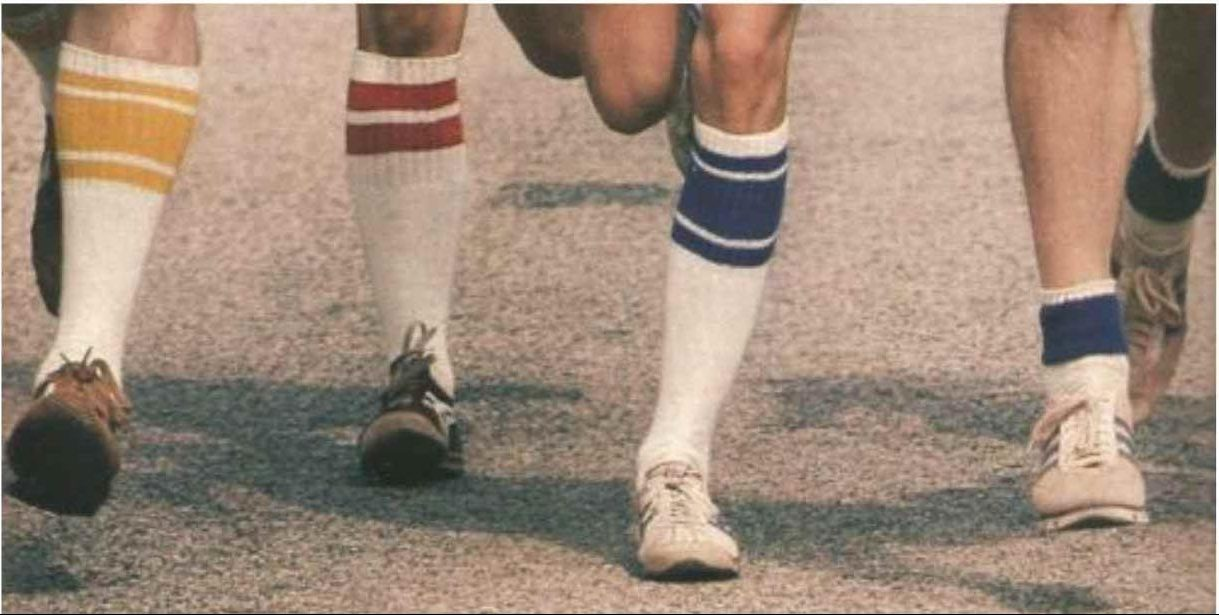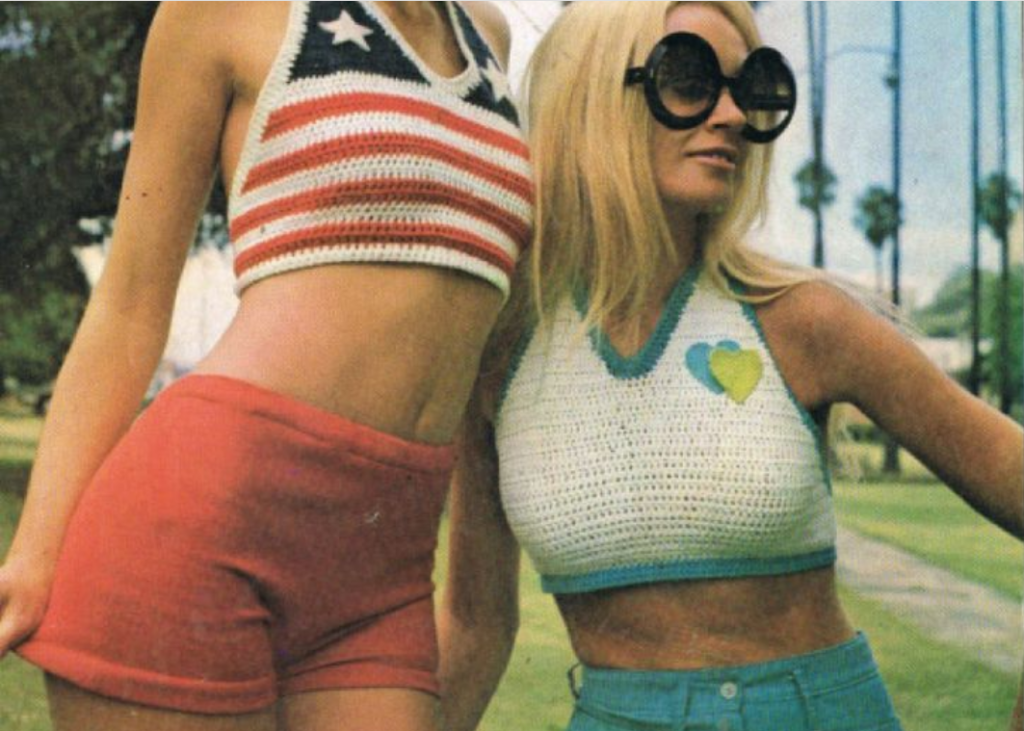The 1970s were a time of eccentric fads that left a mark on pop culture. From the platform shoes that seemed to reach for the sky to the wild hairstyles that took hours to perfect, these trends may have faded into the background of history. But they’re not forgotten! We’re diving deep into 10 forgotten fads of the ’70s that you used to see everywhere!
10. Biorhythms

The biorhythm trend took the 70s by storm, with charts predicting emotional, physical, and intellectual cycles. Many believed in their accuracy, leading to their use in sports and gambling. However, by the early 80s, scientific studies debunked the theory, leaving it as a curious relic of the past. Studies covering it continue to crop up from time to time, however, and interest in them remains.
9. The Tang Craze

Who could forget the space-age drink that was Tang? Marketed as the drink of astronauts, Tang became a household name in the 60s and 70s. With its bright orange color and sugary taste, it was a hit among kids and adults alike. The association with NASA gave it a unique appeal, making it a staple in many homes during this era. Tang endures to this day and is still available for purchase in many places, but the fad has long since passed.
8. Fad Diets And Supplements

The 1970s were rife with miracle diets that promised quick weight loss. The Scarsdale Diet, a low-carb, high-protein regimen, gained immense popularity, despite its extremely strict 1,000-calorie daily limit. Other bizarre diets included the Last Chance Diet, which relied on a liquid protein drink made from animal bones. These fads often led to unhealthy eating habits, showcasing the era’s obsession with quick fixes.
7. Tacky Auto Features

Automobiles in the 1970s are fondly remembered today, but many of the hallmarks of 70s design have become divisive. Features like T-tops, faux wood grain appliques, and opera windows became the norm. Cars like the Chevrolet Corvette and Lincoln Continental showcased these trends, making them a reflection of the decade’s unique aesthetic.
6. Pyramid Power

The Pyramid Power craze swept through the 70s, with many believing that pyramids could enhance energy and preserve food. A book (that’s still available today, interestingly enough) dedicated to explaining this phenomenon took the 70s by storm and was partially rooted in ancient Egyptian mystique. It led to the creation of pyramid-shaped structures for various purposes, but even for all its popularity, scientific scrutiny revealed no evidence supporting these claims.
5. Tube Socks

Tube socks became a fashion staple in the mid to late 70s, thanks in part to their adoption by professional athletes. These knee-high socks were not just functional; they became a symbol of athleticism and style, worn by icons like Kareem Abdul-Jabbar and Raquel Welch. Their popularity marked a shift in sports fashion, making them a must-have item.
4. Hot Pants And Tube Tops

Hot pants and tube tops emerged as the go-to garments for those wanting to embrace the skin is in movement back in the 1970s. Hot pants, essentially short shorts made from various fabrics, and tube tops, which were shoulderless and sleeveless, became symbols of freedom and self-expression. While hot pants faded by the mid-70s, tube tops lingered a bit longer, making a comeback in the 1990s.
3. The King Tut Craze

The King Tut exhibition in the late 70s sparked a nationwide obsession with ancient Egypt. Millions flocked to see the artifacts, and the phenomenon even inspired pop culture, including Steve Martin’s famous parody song. This craze not only educated the public about Egyptian history but also generated significant revenue for museums.
2. Chain Letters

Chain letters saw a resurgence in the 70s, filling mailboxes across the country. These letters promised wealth and good fortune through a pyramid scheme of sending money or items. While they were often dismissed as scams, their popularity highlighted the era’s fascination with quick riches.
1. Designer Jeans

Finally, designer jeans became a fashion statement in the late 70s. Brands like Calvin Klein and Gloria Vanderbilt introduced high-end jeans that were marketed as exclusive and trendy. This shift transformed jeans from workwear to a symbol of status and style, paving the way for the denim culture we know today.




























